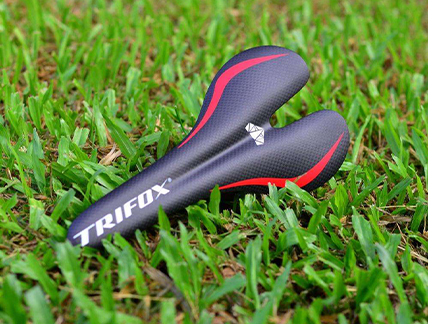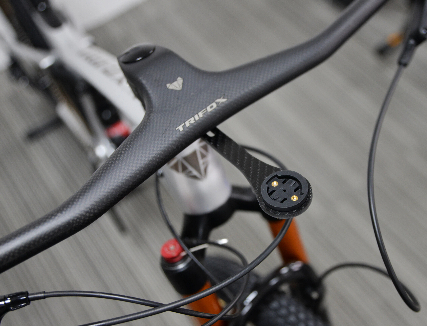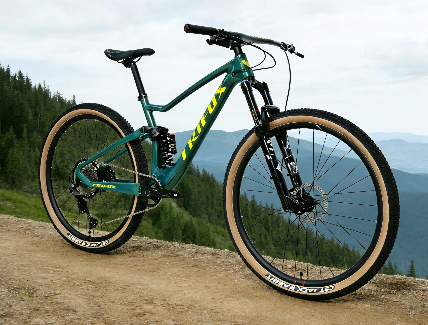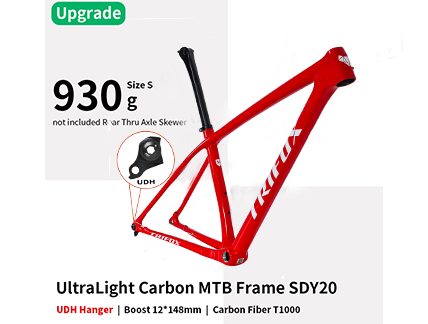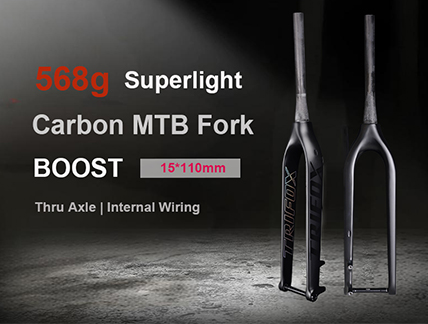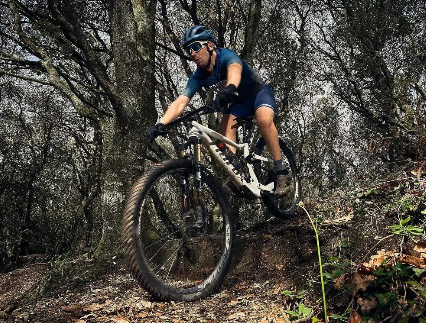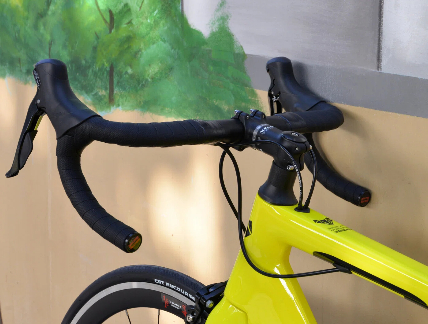It's not uncommon to see big guys on bikes, and despite their speed, they seem to be taking it easy. Whether it is a flat road or a climbing road, the big guys can always pedal the bicycle in a smooth and coordinated way. This seemingly easy way comes from their correct rhythm. Know the riding rhythm and work hard to improve him, I believe you can also be faster.
What is cycling cadence?
In simple terms, the number of revolutions per minute a rider pedals, expressed in units of RPM, is directly proportional to the speed of the bike. A high cadence means a high cadence, which means a smaller gear ratio and less resistance. Low cadence means low cadence, larger gear ratio, and greater resistance.
Effects of different rhythms on the body?
Exercise causes fatigue, and the cadence you use while cycling affects the level of fatigue and therefore your ride.
When you ride at a low cadence, you have to overcome more resistance with each pedal stroke, which means that the muscle fibers in your legs have to generate enough force to propel the bike forward. The problem is, no matter how fit you are, these muscles’ Fiber gets tired quickly.
And when you ride at a high cadence, every time you pedal, there is less resistance, which transfers a large part of the pedaling pressure from your legs to your heart and lungs, and your heart and lungs don’t act like Muscles are so tired. So this kind of tempo riding allows you to ride long before your legs get tired.
What should your riding cadence be?
Everyone is different, but for most cyclists, aiming for around 90 RPM is a good target.
Cyclists typically ride at 60 to 80 RPM, while advanced and elite cyclists ride at 90 to 110 RPM.
Riding at a high cadence around 90RPM puts more stress on your heart and lungs, but far less stress on your legs and back. This means you delay leg fatigue, and once you have cardiovascular fitness, you can maintain your high cadence for longer. Riding at a low cadence means you have to pedal harder to turn the cranks, which puts more stress on your knees, hips, and back.
If you’re in a match and someone is attacking from the group at high speed, you’ll probably catch up to him pretty quickly afterward. But if someone is attacking in a lower gear with a higher tempo, it’s much harder to stop them.






























































